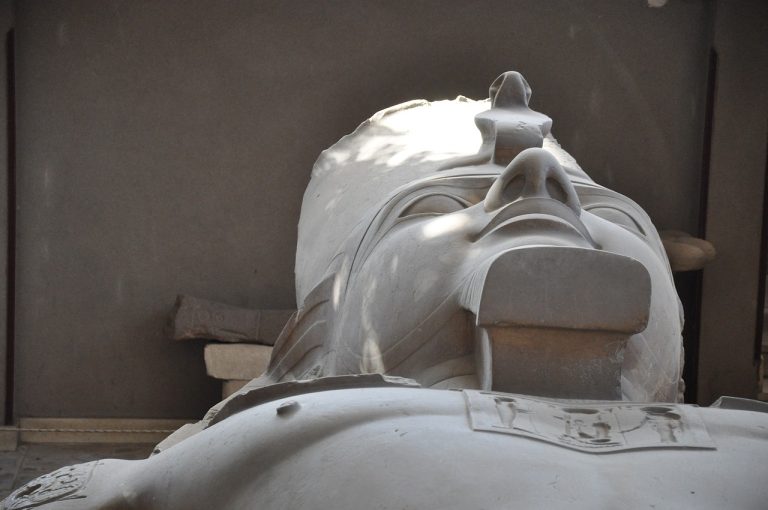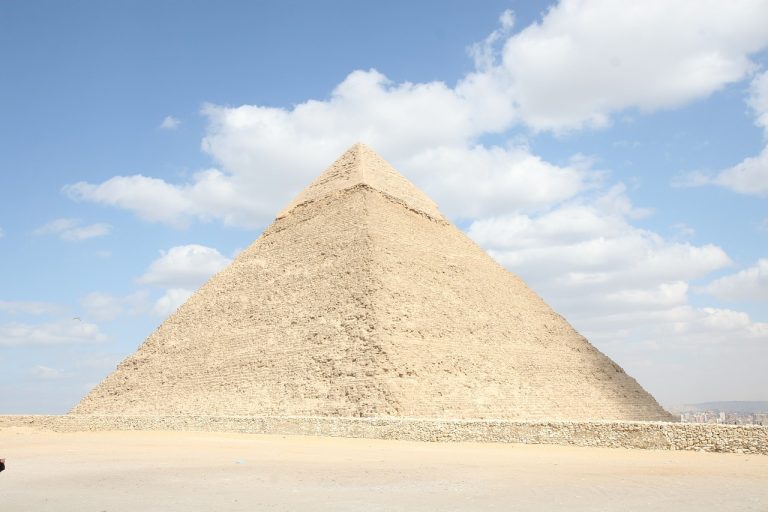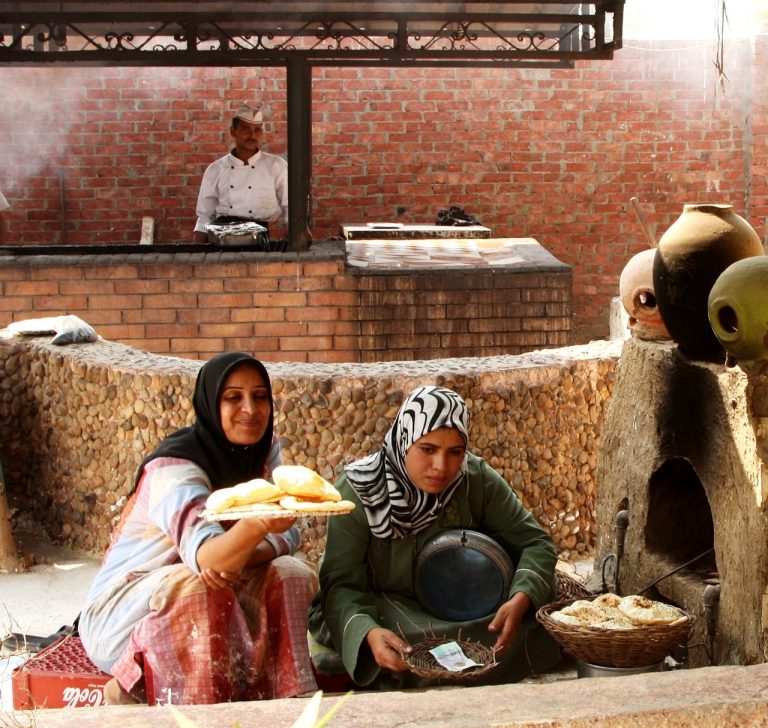Cairo Egypt Video
Pyramids of Giza
The Pyramids of Giza are one of the Seven Wonders of the Ancient World and a must-visit attraction in Cairo Egypt. These magnificent structures were built as tombs for the pharaohs during the Old Kingdom of Egypt. The three main pyramids, named Pyramid of Khufu, Pyramid of Khafre, and Pyramid of Menkaure, dominate the skyline and leave visitors in awe of their size and grandeur. Surrounding the pyramids are various smaller pyramids, tombs, and the iconic Great Sphinx. Exploring the Pyramids of Giza is like stepping back in time to ancient Egypt.
- Pyramid of Khufu: Also known as the Great Pyramid, it is the largest of the three pyramids and the oldest. It is estimated that it took around 20 years to construct and was originally covered in smooth limestone.
- Pyramid of Khafre: The second-largest pyramid, it is easily recognizable by the intact limestone casing on the upper portion. It is believed to have been built by Khafre, the son of Khufu.
- Pyramid of Menkaure: The smallest of the three main pyramids, it is believed to have been built by Menkaure, the grandson of Khufu. It is notable for its granite casing and the remnants of a mortuary temple.
- Great Sphinx: Located near the pyramids, the Great Sphinx is a massive statue with the body of a lion and the head of a human. It is believed to represent the pharaoh Khafre.
Cairo Egypt Image 1: 
Khan El Khalili Bazaar
Khan El Khalili Bazaar is a vibrant and bustling market in the heart of Cairo. It dates back to the 14th century and is famous for its traditional Egyptian crafts, souvenirs, spices, and jewelry. This historic market offers a unique shopping experience where visitors can wander through narrow alleys and browse a wide range of products.
- Traditional Crafts: Khan El Khalili is known for its exquisite traditional crafts, including handcrafted jewelry, copperware, textiles, and woodwork. Visitors can find unique and authentic Egyptian souvenirs to take back home.
- Spices and Perfumes: The market is filled with shops selling aromatic spices and fragrant oils. Visitors can explore a variety of scents and purchase traditional Egyptian perfumes and spices to add a touch of Egypt to their homes.
- Cafes and Restaurants: Khan El Khalili is not just a shopping destination but also a place to indulge in delicious Egyptian cuisine. There are several cafes and restaurants where visitors can relax and enjoy traditional dishes.
- Atmosphere: The lively atmosphere of Khan El Khalili is an experience in itself. The market is always bustling with locals and tourists, and the vibrant colors, sounds, and smells create a truly immersive cultural experience.
Egyptian Museum
The Egyptian Museum, located in Tahrir Square, is home to an extensive collection of ancient Egyptian artifacts. It is one of the world’s most important museums dedicated to ancient history and archaeology. The museum showcases over 120,000 artifacts, including the treasures of Tutankhamun and various mummies.
- Tutankhamun’s Treasures: The Egyptian Museum houses a vast collection of artifacts from the tomb of Tutankhamun, including his iconic gold mask, jewelry, and funerary objects. These treasures provide a glimpse into the life and death of the young pharaoh.
- Mummies: Visitors can explore the museum’s collection of mummies, which includes both human and animal mummies. The mummies offer insights into ancient Egyptian burial practices and the preservation techniques used by the Egyptians.
- Ancient Artifacts: The museum displays a wide range of ancient artifacts, such as statues, sarcophagi, papyrus scrolls, and everyday objects. Each artifact tells a story about ancient Egyptian civilization and provides valuable historical information.
- Royal Mummy Room: For an additional fee, visitors can access the Royal Mummy Room, which houses the mummies of several pharaohs and members of the royal family. This section provides a deeper understanding of ancient Egyptian royalty and their burial rituals.
Cairo Egypt Image 2: 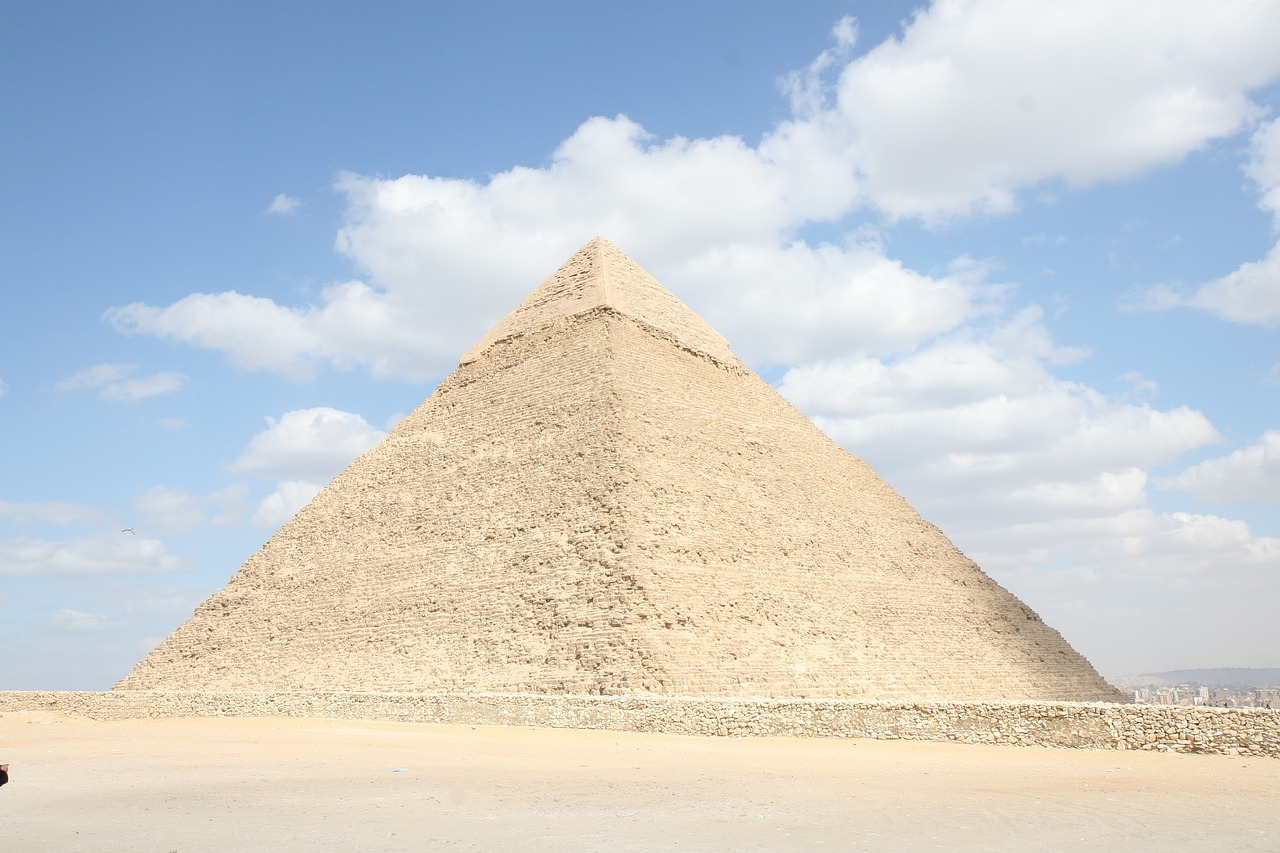
Citadel of Saladin
The Citadel of Saladin, also known as the Cairo Citadel, is a medieval Islamic fortification located on a hill in Cairo. It was constructed by Salah ad-Din to protect the city against Crusader attacks. Today, it offers panoramic views of Cairo and houses several notable attractions.
- Mosque of Muhammad Ali: The centerpiece of the Citadel is the Mosque of Muhammad Ali, also known as the Alabaster Mosque. This stunning mosque was built in the early 19th century and is renowned for its Ottoman-style architecture and beautiful interior.
- National Military Museum: The Citadel is also home to the National Military Museum, which showcases Egypt’s military history through various exhibits and artifacts. Visitors can learn about ancient weaponry, military campaigns, and the history of the Egyptian armed forces.
- Palace of Al-Gawhara: Within the Citadel complex, visitors can explore the Palace of Al-Gawhara, built during the Ottoman period. The palace offers a glimpse into the opulent lifestyle of the ruling elites and features stunning architecture and intricate decorations.
- Historical Significance: The Citadel of Saladin played a crucial role in the history of Cairo and Egypt. It served as a symbol of power and defense and witnessed significant events throughout the centuries, making it a fascinating historical site to explore.
Coptic Cairo
Coptic Cairo, also known as Old Cairo, is a historic neighborhood that preserves the rich Christian heritage of Egypt. It is home to several ancient churches, monasteries, and religious sites that date back to early Christianity.
- Hanging Church: The Hanging Church, officially known as the Church of the Virgin Mary, is one of the oldest churches in Egypt. It is named “Hanging” due to its suspended position above the gatehouse of the ancient Roman fortress.
- Saint Sergius and Bacchus Church: This Coptic Orthodox church is believed to be built on the spot where the Holy Family stayed during their flight to Egypt. It is a significant pilgrimage site for Coptic Christians.
- Coptic Museum: Located within the grounds of the Babylon Fortress, the Coptic Museum houses a vast collection of Coptic art and artifacts, including religious objects, manuscripts, and textiles.
- Ben Ezra Synagogue: Although not strictly Coptic, the Ben Ezra Synagogue is an important religious site in Coptic Cairo. It is believed to be the place where baby Moses was found in the Nile River.
Cairo Egypt Image 3: 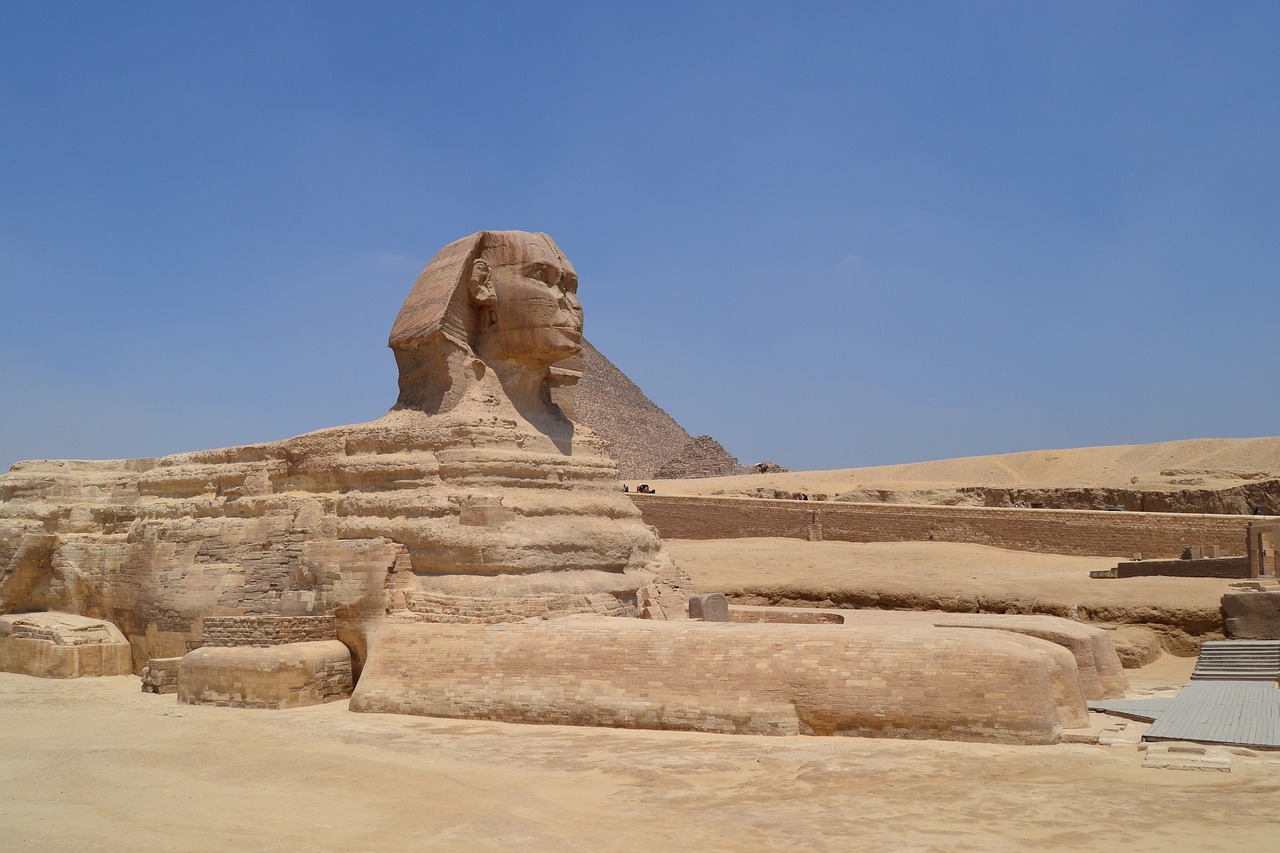
Nile River
The Nile River is the lifeblood of Egypt and offers a unique way to experience Cairo. Cruising along the Nile provides stunning views of the city’s skyline and a chance to witness local life along the riverbanks.
- Nile River Cruises: Several tour operators offer Nile River cruises, ranging from short excursions to multi-day journeys. These cruises provide a relaxing and scenic way to explore Cairo and other cities along the Nile.
- Sunset Felucca Rides: For a more traditional experience, visitors can take a felucca ride on the Nile at sunset. Feluccas are traditional wooden sailboats that offer a tranquil and romantic way to enjoy the river.
- Riverfront Promenades: Along the banks of the Nile, there are vibrant promenades where visitors can take a leisurely stroll, enjoy street food, or simply relax while watching the river flow.
- Waterfront Restaurants: Many restaurants and cafes in Cairo offer stunning views of the Nile. Dining at a waterfront restaurant allows visitors to savor delicious Egyptian cuisine while enjoying the picturesque river scenery.
Al-Azhar Park
Al-Azhar Park is a beautifully landscaped green space located in the heart of Cairo. It was built on the site of the historic Fatimid city and offers a peaceful escape from the bustling city streets.
- Scenic Gardens: Al-Azhar Park features lush gardens, manicured lawns, and picturesque water features. It provides a serene environment where visitors can relax, have a picnic, or simply enjoy a leisurely walk.
- Panoramic Views: The park offers panoramic views of Cairo’s skyline, including prominent landmarks such as the Citadel and the minarets of mosques. It is a popular spot to capture stunning photographs of the city.
- Architectural Gems: Within the park, there are several restored historic buildings, including the Ayyubid Wall and the 14th-century Umm Sultan Shaban Mosque. These architectural gems add to the park’s charm and historical significance.
- Outdoor Events: Al-Azhar Park hosts various cultural events and concerts throughout the year. Visitors can enjoy live music performances, art exhibitions, and traditional Egyptian festivities in this enchanting setting.
Islamic Cairo
Islamic Cairo is a UNESCO World Heritage Site and a treasure trove of Islamic architecture and history. This historic district is home to numerous mosques, madrasas, and architectural wonders.
- Mosque of Ibn Tulun: Built in the 9th century, the Mosque of Ibn Tulun is one of the oldest and largest mosques in Cairo. It showcases exquisite Islamic architecture, including its iconic spiral minaret and a beautiful courtyard.
- Madrassa of Sultan Hassan: This medieval Islamic school is an architectural marvel and a prime example of Mamluk architecture. It features intricate carvings, stunning arches, and a central courtyard.
- Al-Muizz Street: Al-Muizz Street, also known as the “Living Museum,” is a vibrant pedestrian street lined with historic buildings, shops, and vibrant street life. It offers a glimpse into the daily life of medieval Cairo.
- Khanqah and Mausoleum of Sultan Barsbay: This complex houses a mausoleum, a mosque, and a religious school. It is known for its beautiful decorations and intricate tilework.
Nilometer
The Nilometer is an ancient device used to measure the water level of the Nile River. It was crucial for predicting floods and ensuring proper irrigation in ancient Egypt. The Nilometer located on the island of Rhoda in Cairo is one of the most well-preserved examples.
- Historical Importance: The Nilometer played a vital role in ancient Egyptian agriculture and the economy. The annual flooding of the Nile was a significant event, and the measurements taken by the Nilometer helped determine the success of the harvest.
- Architectural Features: The Nilometer on Rhoda Island is a well-preserved structure with a spiral staircase leading down to the water level. It features inscriptions and markings indicating the different flood levels.
- Symbolic Significance: The Nilometer is not only a practical device but also holds symbolic importance in ancient Egyptian mythology and religion. The Nile was considered a lifeline, and the measurement of its waters was associated with the gods and fertility.
- Visiting the Nilometer: Visitors can explore the Nilometer on Rhoda Island and learn about its historical significance. The site provides insights into ancient Egyptian engineering and the importance of the Nile River in the civilization’s development.
Cairo Opera House
The Cairo Opera House is a cultural landmark and the premier performing arts venue in Cairo. It hosts a wide range of artistic performances, including ballet, opera, classical music concerts, and theatrical productions.
- Architectural Beauty: The Cairo Opera House is an architectural masterpiece, featuring a blend of traditional and modern design elements. Its stunning façade and grand interior make it an iconic landmark in the city.
- Artistic Performances: The Opera House showcases a diverse range of




